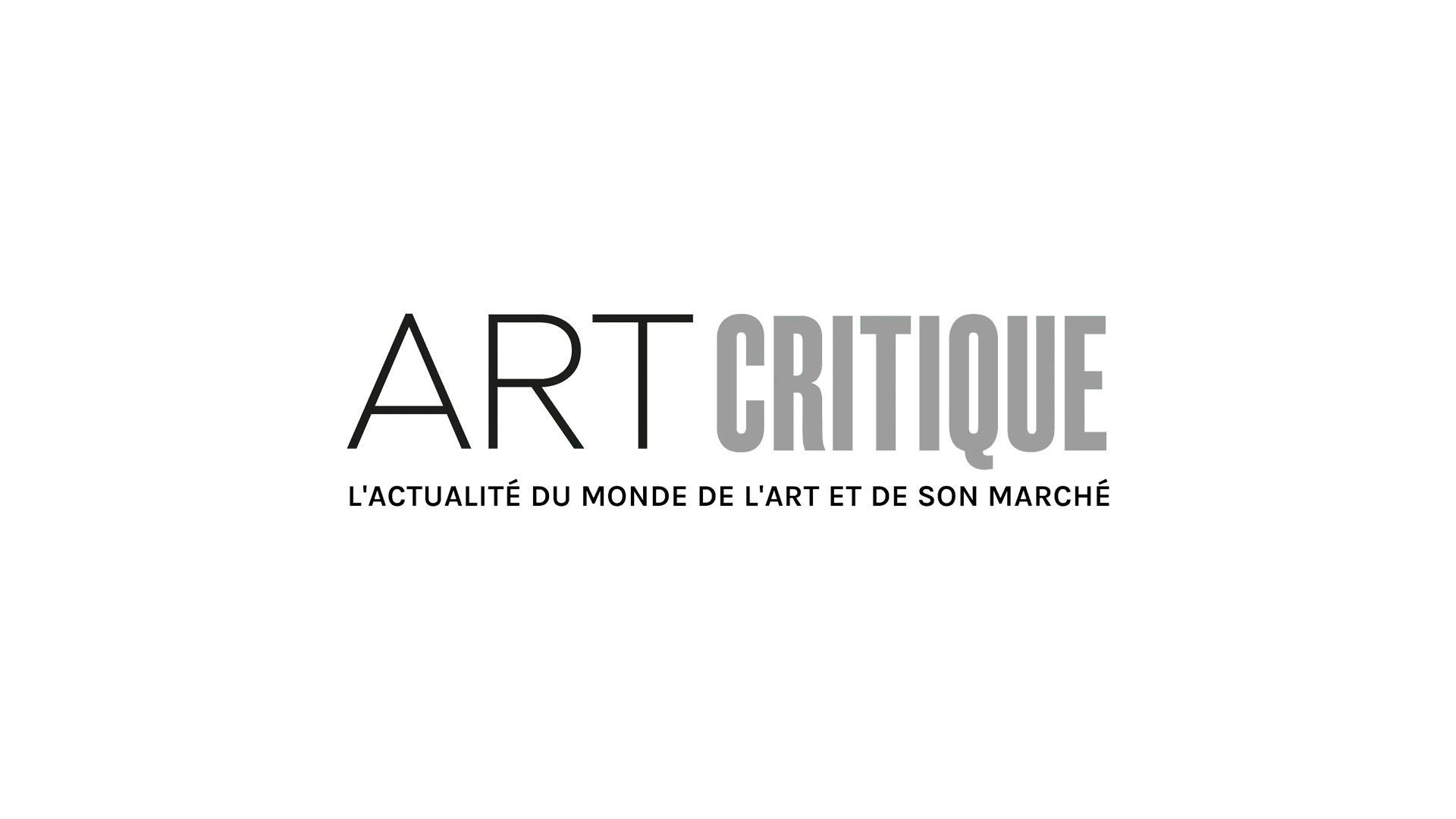The repurposing of objects and places for artistic means is certainly no new feat. This past year alone has seen plenty of new uses and contexts for spaces in our changed reality. And with a big change coming to a longstanding fixture of New York City streets, some art is blossoming from its remains before it departs. As the last of the city’s payphones prepare to leave in the new year, TITAN seeks to inject beauty into them for one last hurrah.
Conceived by Damián Ortega and Bree Zucker and presented by gallery kurimanzutto, TITAN is using a dozen payphones along a walkable route in Midtown Manhattan to display various visual artworks. Much of the works are text-based and evoke a sense of advertisement in presentation, potentially being overlooked as such by an unknowing passerby- or perhaps all the more stared at. The list of twelve artists is diverse and includes legendary iconoclast Patti Smith, who commemorated the project and the election last week with a performance of her song ‘People Have The Power.’
“The TITAN project takes as its premise that a gallery may exist by an open space,” kurimanzutto explain on their project statement. “Open at any hour, and free for all viewers, even in the middle of the night.” Echoing the role of the payphones this exhibition now occupies, TITAN seems just as accessible as the booths themselves.
It’s a novel approach for an art gallery and a question that many more presenters ought to pose to themselves given the shifts of this year, not to mention the longstanding divide that can exist between artistic spaces and the common person. And it’s no surprise coming from an institution keen on breaking down the barriers of traditional display: “Since its inception in 1999, kurimanzutto has consistently promoted projects and exhibitions outside of a traditional white cube space to stimulate cultural dialogue.”
TITAN derives its name from the company that has owned all of New York’s payphones for the past decade. And despite it having become commonplace in its constant public presence, it’s a name that is still tied to mythic connotation. “The twelve TITAN kiosks that support and become the exhibition are bordered by and exist in the shadow of other much larger Titans”, explain Ortega and Zucker, noting giants of presentation such as the MoMA and Radio City Music Hall. These legendary spaces dwarf the booths that sit outside them, and yet with the strictures and closures in place during the pandemic, there is perhaps more strength in these small Titans to connect with the populace.
Zucker refers to the phone booths as “tiny angles of unknown space, ancient islands, pagan gods from a prior era.” With the rise of cellphones, it’s understandable that these means of communication fell out of place. Yet still, there they sit, often functional, with greatly untapped potential for display and use. TITAN doesn’t only use these micro-spaces as a novelty; they mark a change of time and highlight what lies dormant and waiting around us.





